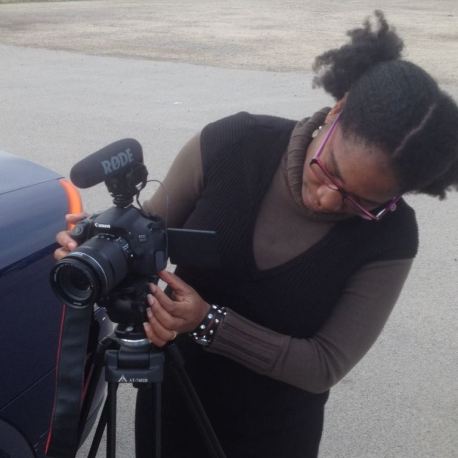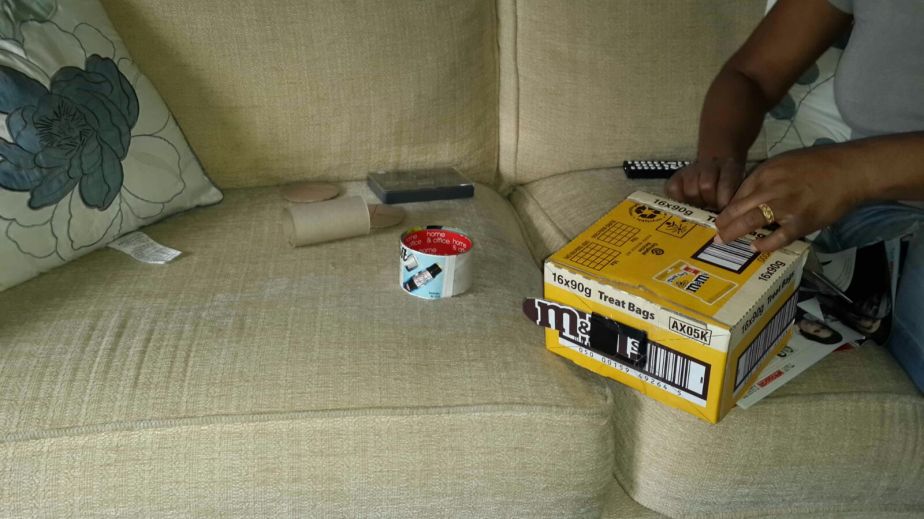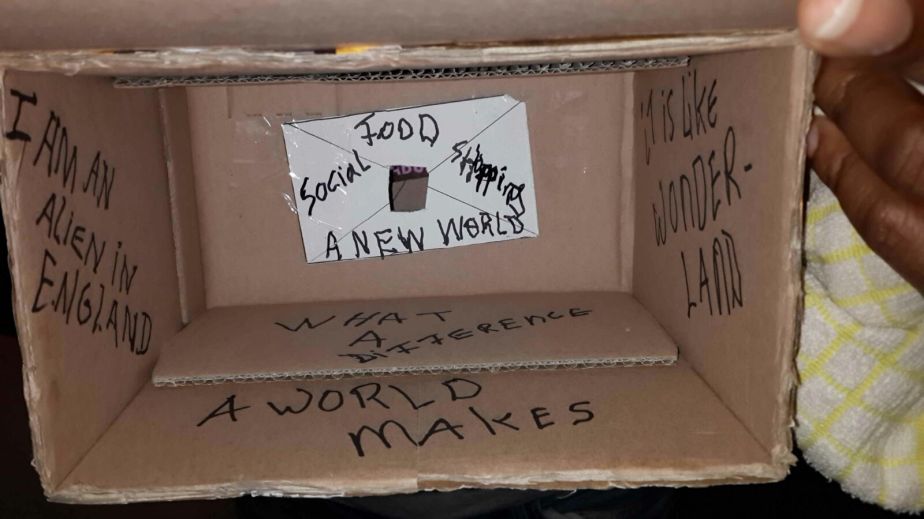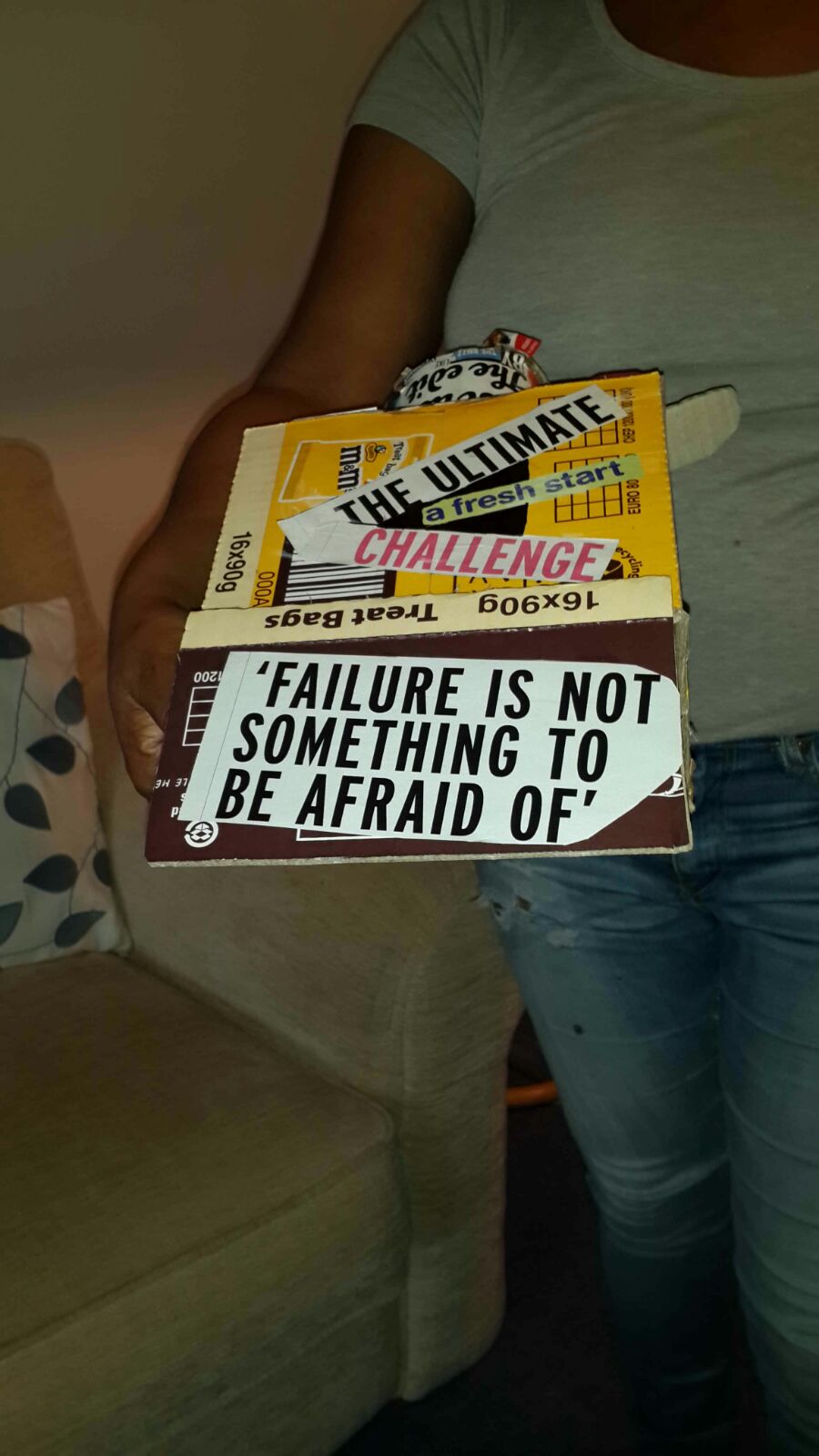My first encounter with the terminology ‘visual Anthropology’, was during my meeting with my supervisor. while working out the modules I was about to take, she mentioned Visual anthropology to me. It triggered my fantasy, and I signed up for the module. Little did I know my imagination was going to be stretched and challenged in such way, that I would feel frustrated and stocked during this module! But…I survived, and here I am, going through the next module ‘Video Project in Visual Anthropology’, digging a bit deeper, and preparing a video project.
Visual anthropology is a new approach to the longstanding field of Anthropology. To me, Visual anthropology is like a new, refreshing wind raising Anthropology to a whole new level. One, which makes this discipline much more accessible and understandable to a wider audience. There is this ongoing discussion on ‘how to make Anthropology’ less complicated, more attractive, yet, safeguarding the academic level of the discipline. With Visual anthropology, conservative Anthropologist are being pushed out of their comfort zone, while the contemporary Anthropologist finds ways to establish new collaborations.
So, what is the difference with the ‘old skool’ Anthropology…? The point is, there is no difference. It is about an addition, and upgrade, a new to what was traditional… and as it goes with all adjustments, people need to feel it, see it working, experience it’s is not a treat to what is, and then feel comfortable and accept it. To me, this is the phase Visual Anthropology is in at the moment, and I can feel myself adjusting, pushing, holding back, and accepting in this process.
As an upcoming Anthropologist, you have to proof yourself to those who have an established name in the discipline. On top of that, you as a new comer, have to be careful with your own free spirited ideas, and that’s the challenge I am facing. As Visual Anthropology is still fighting it’s way into the conservative minds of the established Anthropologist, so am I still fighting my way into the ‘world’ of Anthropology, without loosing my own identity and uniqueness.
And this blog is about my first attempts in practicing Visual Anthropology, through the making of an video. The video reflects my journey in finding my identity in a country which is not my home country. Coincidence or not! (think about my struggle in finding my way in Anthropology)















